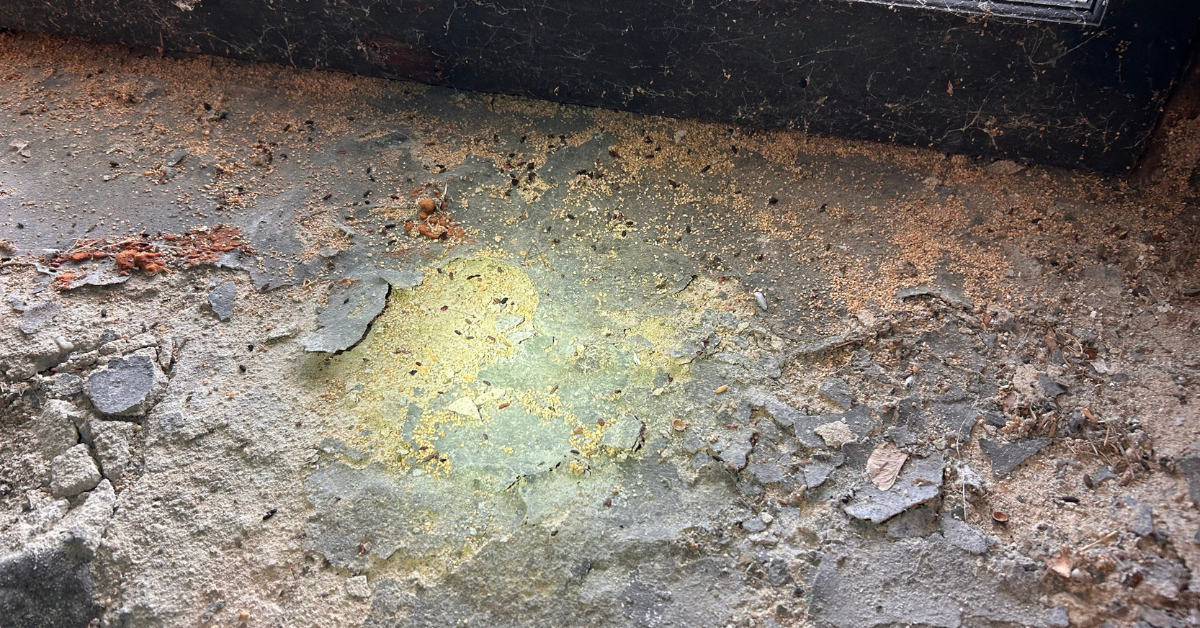A Guide to New York Rodents: Prevention, Signs, and Solutions
Rodents aren’t just a nuisance — they can damage your home, spread disease, and multiply faster than you can imagine. If you live in Upstate New York, understanding how to identify, prevent, and manage mice and rats is essential. This guide covers everything from types of rodents in the state to the best ways to keep them out of your home.
Common Rodents in New York
New York homes are primarily invaded by a few rodent types. So what are they and what do they look like?
Deer Mice
- Appearance: Brown, 5–8 inches long
- Habitat: Rural areas, sheds, basements, attics, crawl spaces
- Risks: Urine and droppings, gnawing on wiring (fire hazard), potential disease spread including Salmonella and Hantavirus
House Mice
- Appearance: Small, 2.5–3.75 inches long, agile
- Habitat: Homes, garages, pantries
- Risks: Disease spread, property damage through chewing and scratching
Roof Rats
- Appearance: Dark brown/black with lighter underbelly, long tail, 6–8 inches
- Behavior: Excellent climbers, often enter through roofs
- Risks: Damage to wiring and insulation, contaminating food
Norway Rats
- Appearance: Brown or gray, heavy body, up to 9.5 inches (plus 6–8 inch tail)
- Behavior: Ground-level entry, burrowing under structures
- Risks: Property damage, disease transmission
What Do Rodents Eat?
Rodents are opportunistic eaters. In the wild, mice and rats prefer grains, fruits, and seeds, but in homes, they will eat almost anything they can find — including food packaging, wiring, and other non-food items. And yes, while the classic “mice love cheese” stereotype has some truth, they’re more likely to choose cookies, crackers, peanut butter, or candy over cheese. (Tom & Jerry fans, take note!)
Their insatiable appetite is one reason rodent infestations can grow so quickly once they’ve found a consistent food source.
How Long Do Rodents Live?
The average lifespan of different rodents vary. In a home environment with access to warmth and food, mice can live up to two years, while rats can live over two years. Combined with their rapid reproduction, mice can produce 5–10 litters per year with 6–8 babies per litter, and rats 5–7 litters per year with 5–12 babies. So as you may have figured out, a small infestation can quickly become overwhelming.
One female mouse could produce up to 80 offspring in a year, and one female rat up to 84. Considering that rodents in confined spaces often live in groups, early prevention is essential to prevent full infestation.
What Makes Rodents Dangerous
Rodents can threaten your home in two major ways:
- Property Damage: As we mentioned above, rodents are opportunistic eaters. They can cause property damage by chewing wires – causing fires, pipes – creating leaks, flooring, and insulation.
- Health Risks: Rodents can transmit diseases through their urine, feces, and saliva. They can also carry bacteria that can cause food poisoning, and can introduce parasites like fleas, mites, and ticks to your house. New York State rodents have even been recorded to carry the following disease-causing bacteria:
- Mice: E. coli, Salmonella, Clostridium difficile, parasites
- Rats: Rat-bite fever, hemorrhagic fevers, viral infections
What Attracts Mice and Rats to Your Home
Rats and mice are primarily searching for food and shelter. Even in clean homes, they can sneak in through small openings such as:
- Cracks in foundations
- Gaps around doors and windows
- Overgrown shrubbery and trees touching the home
- Roof eaves, vents, plumbing openings
Rodents are particularly active between October and February, so it’s important to seal potential entry points before winter to prevent infestations.
Signs of a Rodent Infestation
Between their rapid reproduction rates and damage causing teeth, detecting rodents early is critical. Common signs include:
- Droppings in cabinets or under sinks
- Nesting materials like shredded paper or dried plants
- Chewed food packaging
- Holes in walls or floors
- Musty odors in hidden areas
Even a single sign can indicate a larger problem — early action is key to preventing an infestation from escalating quickly.
Preventing and Getting Rid of Rodents
Whether you’re trying to stop rodents from entering your home or dealing with an existing infestation, the key is a combination of prevention and professional treatment.
Start with routine inspections: seal cracks, gaps, and other potential entry points, fix leaky pipes, and keep compost or gardens away from your home.
Trash should be stored in secure containers and only taken out on pickup day.
Don’t forget that rodents can inhabit vehicles and yards, so check overgrown areas, piles of equipment, or under the hood of a parked car.
If rodents are already inside your home, professional help is the fastest and safest solution. Thomas Pest Services provides customized treatment plans, installs equipment as needed, cleans up rodent waste, and seals entry points to prevent future infestations. Acting quickly can stop a small problem from turning into a large, costly infestation.


.png)
.png)
